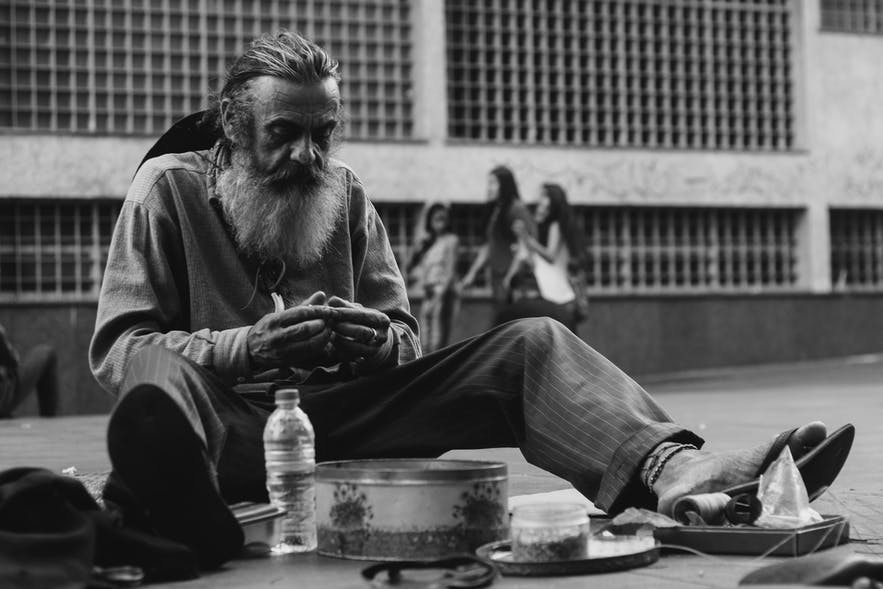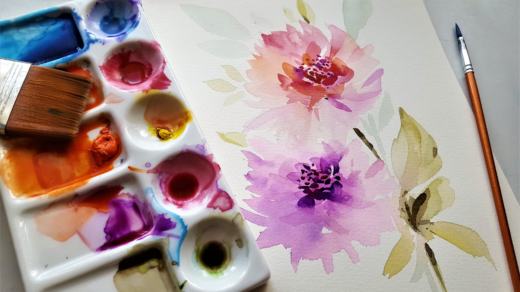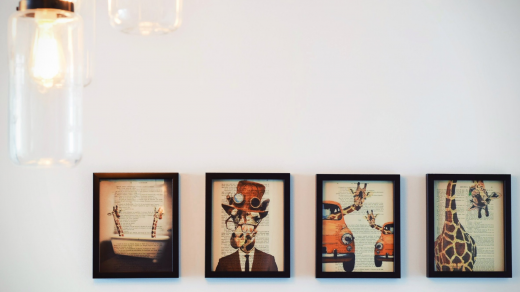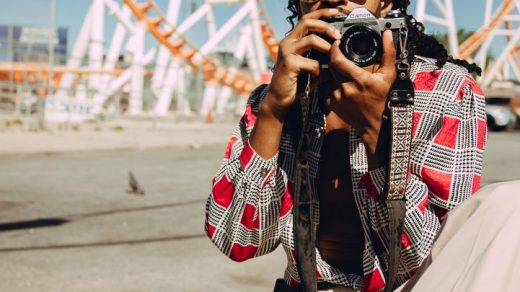There are numerous types of photography styles, and whereas it would be prudent for me to narrow down my mastery into one or two, I won’t do any harm if I experiment with other styles as a way of expanding my skill sets. There are technical and creative skills that cross multiple photography genres that I need to grasp to harness my talents. I expect that as I improve in one section, I can learn crucial tips and techniques that can help me hone my skills in other styles. Through learning and practicing the various types listed below, I am sure I will build a strong foundation as I venture into my photography career.
Portrait Photography
Portraiture is also called portrait photography and is one of the most widely used industry styles today. It is commonly used when capturing the mood or personality of a person or a group. Here, the images can be full-body or close-ups, candid or posed. Regardless of the intended use, the subject’s face and eyes are usually in focus. I use lighting and backdrops to convey emotions and tone. A Family Photographer, for example, would focus on family portraits, wedding photographers may also branch out into capturing engagement photographs, and general photographers might focus solely on professional headshots and so forth. So many singular categories make up this niche of photography.
Editorial Photography
This type of photography is used to relay a story or article, generally for a newspaper or magazine. With editorial photography, the subject can range far and wide and is entirely dependent on the context of the accompanying text. Naturally, I will use this type of photography to take shots that will suit various layouts, including vertical and horizontal compositions. I will employ my excellent communication skills and professionalism to work closely with writers and art directors.
Still Life Photography
Still-life photography lives up to its name as it features both natural and manmade inanimate objects. It can be artistic or just for commercial purposes and is mostly applied in product advertising and stock photography. (Common product images include billboards, magazines, and catalogs). As a still life photographer, I will be keen on lighting, arrangement, and object selection to take a great shot.
Sports Photography
Sports photography comes in handy when depicting emotions that fuel sporting events such as passion and drama. All I need to do is to catch athletes, coaches, and spectators at the perfect moment. For an excellent shot, I must aim and shoot as quickly as possible while keeping up with the action around me. Thus, I’ll need a higher ISO to take pictures at a faster shutter speed. Secondly, I’ll need long, heavy lenses for zooming in on an event while twisting my angle to make my shot as outstanding as possible.
Fashion Photography
For the glamour that comes with designer shoes, clothing, and accessories that endear them to target customers, fashion photography is the technique that I use. The images are mostly posted online or published in magazines. The opportunity to be highly creative in appealing and eye-catching photographs makes this technique my favorite. It requires me to take numerous full-body shots while working in multiple locations, from studios and fashion shows to open fields and city streets. The skills that I apply here are the same as those of portrait photography. I also use teamwork and good communication when working with creative shoot directors, models, and stylists.
Photojournalism
This is the perfect technique to use if I want to tell stories of newsworthy and sometimes historical events using photographs. As a photojournalist, I have to be objective and truthful while capturing those candid moments as they happen, rather than focusing on great shots. I aim to attend planned events but capture unscripted and unplanned moments for newspapers and magazines.
Architectural Photography
Architectural photography encompasses interior and exterior designs of diverse structures varying from old country barns and city bridges to warehouses. This type of photography focuses on bringing out the most aesthetically pleasing parts of structures. It could be a specific archway or beam or unique colors and materials. The tricky aspect of this type of photography lies in lighting. I have to practice and know how to work with natural light, particularly for exteriors. I need a panorama head, a tripod, and a tilt-shift lens for this technique. People who may find value in my architectural photography products include building investors, leasing companies, architects, and designers.



